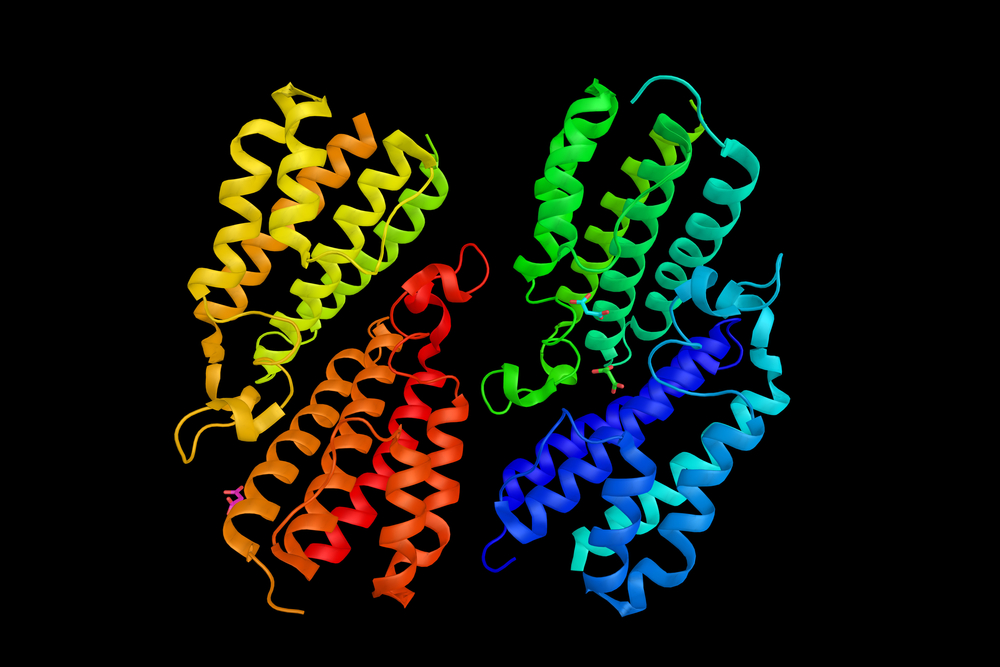Computational Analysis Identifies Mutation That May Be Targeted in Gaucher, Parkinson’s Diseases

A computational analysis added insight on the molecular effects of mutations linking Gaucher disease (GD) and susceptibility to Parkinson’s disease (PD).
The study identifies one mutation that may serve as a potential target for treating both conditions.
The study, “Computational modelling approaches as a potential platform to understand the molecular genetics association between Parkinson’s and Gaucher diseases,” was published in the journal Metabolic Brain Disease.
Gaucher disease is a rare disorder caused by mutations in the GBA gene. The gene provides instructions for making an enzyme called beta-glucocerebrosidase, which is responsible for breaking down a fatty molecule called glucocerebroside.
People with Gaucher harbor mutations that strongly reduce or eliminate this enzyme’s activity. Consequently, glucocerebroside and related compounds accumulate inside cells damaging several organs, including the liver, spleen, bone marrow, and nervous system, and causing the symptoms that mark the disease.
More than 400 GBA mutations have been associated with Gaucher disease, most of which shorten the activity or stability of the enzyme.
Intriguingly, some of this mutations are associated with increased susceptibility for Parkinson’s disease, a condition which Gaucher patients have also been more prone to develop. The clinical presentation of Parkinson’s in Gaucher patients is actually very close to that of Parkinson’s disease of unknown cause.
But the reasons for the link between Gaucher mutations and Parkinson’s susceptibility are still unclear.
Several studies using cells cultured in the lab and in animal models have provided some clues on what drives that association, but the picture is far from complete.
In this study, researchers used a computational analysis to understand the impact of Gaucher-associated mutations in Parkinson’s disease.
For that, the team applied structural and molecular analysis to compare the most frequent Gaucher-associated mutations — N370S and L444P — with a mutation linked with milder disease, the E326K.
Two different algorithms estimated that the L444P mutation is the most damaging, not only because it halts the production of a functional enzyme but also because it weakens its stability.
Using computer models that predict how the enzyme structure is affected by each mutation, the different positions occupied by E326K/N370S and L444P within the enzyme may explain the higher disruptive effect of the latest.
Virtual simulations of atoms and molecules movements revealed the L444P mutation makes beta-glucocerebrosidase lose bonds between atoms and disturbs its structure more than the other two mutations.
“This suggests that the mutation L444P could be a potential target for therapeutic development for patients with GD [Gaucher disease] and PD [Parkinson’s disease],” the researchers wrote.
“The proposed study is anticipated to serve as a potential platform to understand the mechanism of the association between GD and PD, and might facilitate the process of drug discovery against both GD and PD,” they added.



